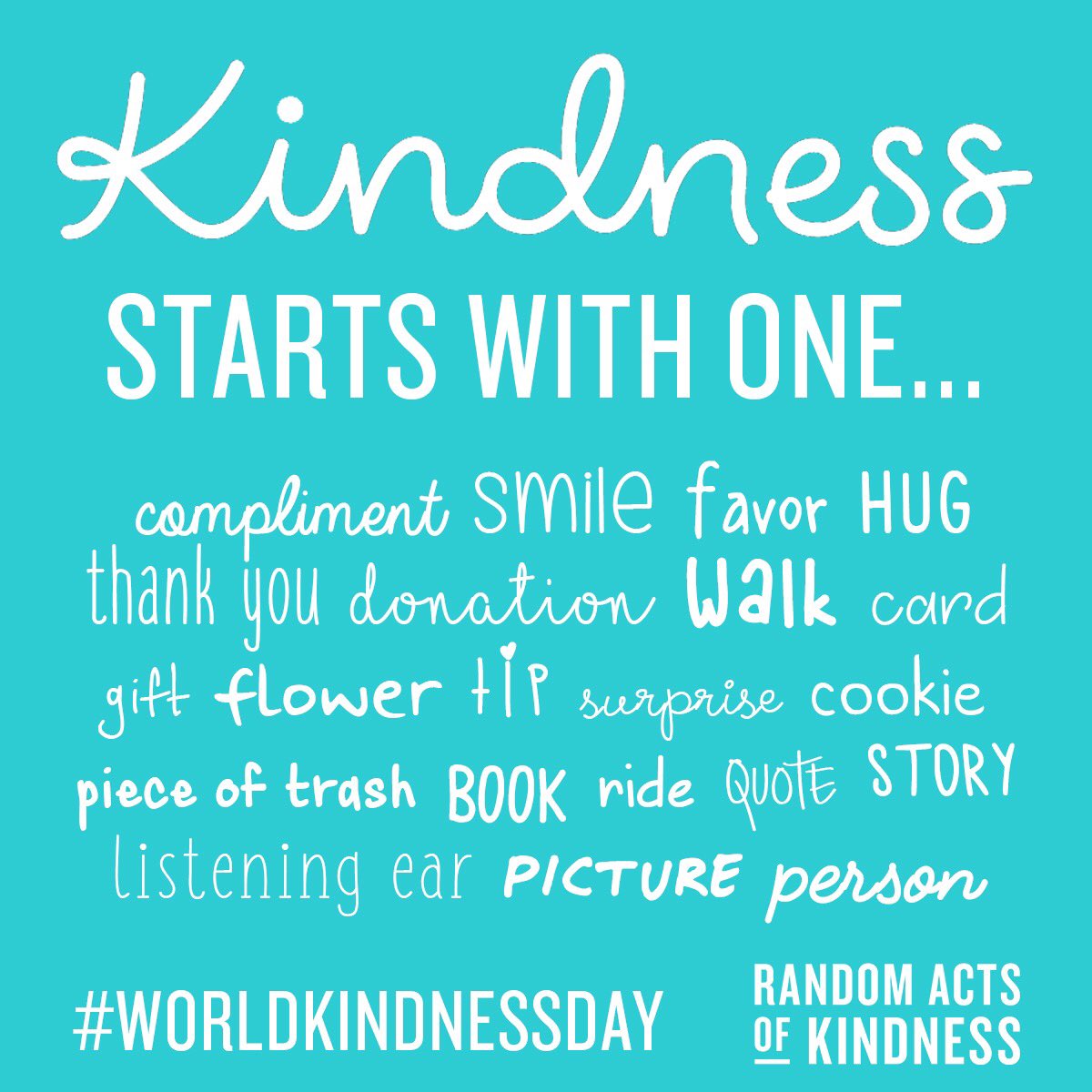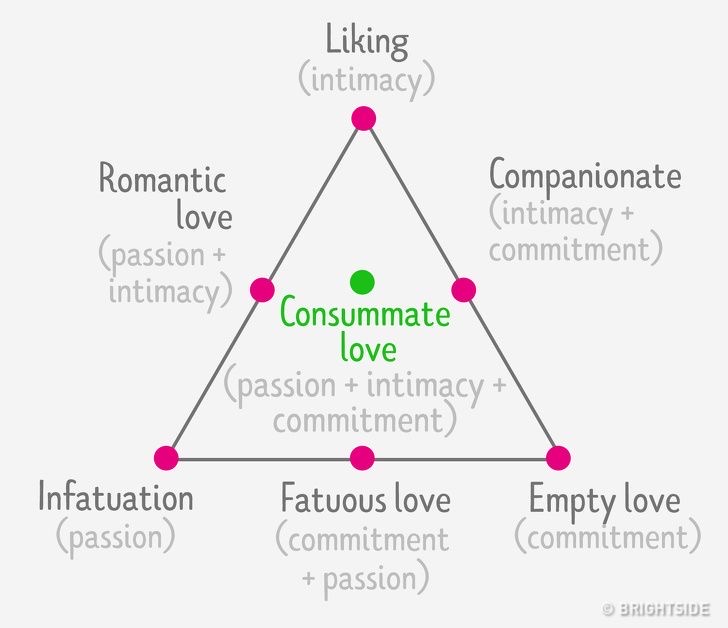ATA5
I learned a lot by completing Assignment 5. In it, I wrote about 5 ways I exhibited kindness within a 7-day period. Through this, I gained knowledge on the effects showing kindness has on myself and those around me. In my Personal Health and Wellness course, I was taught that positive acts have a very beneficial impact on the spiritual wellness dimension of heath. I’m glad I had the opportunity to do this assignment as it gave me a chance to better recognize and experience the benefits of displaying kindness. After performing each act of kindness I focused on the emotions I felt and the reactions of those I showed kindness towards. I was often left feeling satisfied and valued, which just compelled me to exhibit kindness to more people I encountered. I chose the following picture for my visual image because it provides examples of numerous small and easy acts of kindness that can be performed. It’s a nice reminder that kind acts don’t always have to be big and bold. Even small ones can have a huge impact.

Image obtained from here
ATA4
Assignment 4 was on the topic of the 6 different types of love a person—I, in particular—may exhibit and experience. Through this assignment, I learned about eros, ludus, storge, pragma, mania, and agape love; and was given a score of how much I experience each. Apparently, the kind of love I most exhibit is agape, or unconditional and selfless, love. It was nice doing this assignment, as it gave me the opportunity to gain a deeper understanding of myself. Furthermore, it’s interesting to see how the components of love Sternberg suggests in another area of the textbook for this course applies to the 6 types of love I learned about in my assignment. One or more of the 3 love components (intimacy, decision-making, and passion) can be found in each of the 6 kinds of love. Sternberg’s Triangular Theory of Love is really interesting to me, which is why I chose an illustration of it to display below.
Image obtained from here
ATA2
For Assignment 2, I was told to write about 6 pictures that I felt best represent my self-concept, perceived self-control, and self-presentation. Then, I had to share whether or not the pictures I provided accurately reflect who I am. By doing this assignment, I gained far more of an understanding on perceived self-control, which was very interesting to me. It didn’t occur to me how often we see ourselves as more than able to accomplish a goal or task, when in actuality, we’re not. The discussion of perceived self-control in this course reminded me of a few things I’ve been learning in my Personal Health and Wellness class. Like mentioned in this course’s textbook, self-efficacy is the amount of confidence we have in ourselves as it pertains to accomplishing certain tasks and going about certain behaviors. In my Personal Health class, we’re taught that people are more likely to engage in behaviors they have a high self-efficacy in. We are also taught, however, that even when a behavior has been maintained for half a year or longer, there is still risk of relapsing when temped to a high degree. Furthermore, relapse is very often, not only likely, but inevitable. So, an individual’s perceived self-control can sometimes be very deceiving.
It was interesting to analyze these aspects of myself: self-concept, perceived self-control, and self-presentation. Prior to this assignment, I didn’t take into consideration how often my self-presentation differed from my “true self”; or how my perceived self-control can sometimes be far greater than my actual self-control. Through this assignment, I realized how often I used to dress to please those around me—whether it be my parents or friends—and thereby engaged in self-presentation. Since my self-presentation most stuck out during this assignment, shown below is an image with the caption “Choose your self-presentation carefully, for what starts out as a mask may become your face.” I love this caption because I have a bit of an understanding of what it’s like to have your self-presentation blur your identity in a way.

Image obtained from here
ATA1
Assignment 1 was on the topic of heuristics and the role they can play in daily decision-making. In my Assignment 1 paper, I discussed four types of heuristics: representativeness heuristic, availability heuristic, anchoring and adjustment heuristic, and status quo heuristic; as well as examples of their influence on decisions and the disadvantages that sometimes come with that. Prior to completing the assignment, I wasn’t aware of how large the role of heuristics in decision-making is, or of how often they are utilized. However, considering the other information I was taught in this course so far, I shouldn’t be surprised. Heuristics are used because they make choices simpler and quicker. And this occurs because, like I learned from another part of the textbook, social thought tends to be instinctive. The news was used before in this Social Psychology course as an example of the ways in which availability and representativeness heuristics impact society. All of this was very informing.
It was fascinating to learn about heuristics, as they often impact me and my decision-making, as well as how others view me. The representativeness and availability heuristics stood out most to me because of their influence in racial profiling, which my family and I have been victims of. Though a sickening topic, gaining more knowledge on what the two heuristics entail provided a bit more insight into racial profiling, which I hadn’t realized beforehand. This is why I chose the meme below as my representative visual image. It’s meant to be a humorous, yet sad and true, visual representation of the reality for many people of color—especially Black and Brown people.
Image obtained from here

